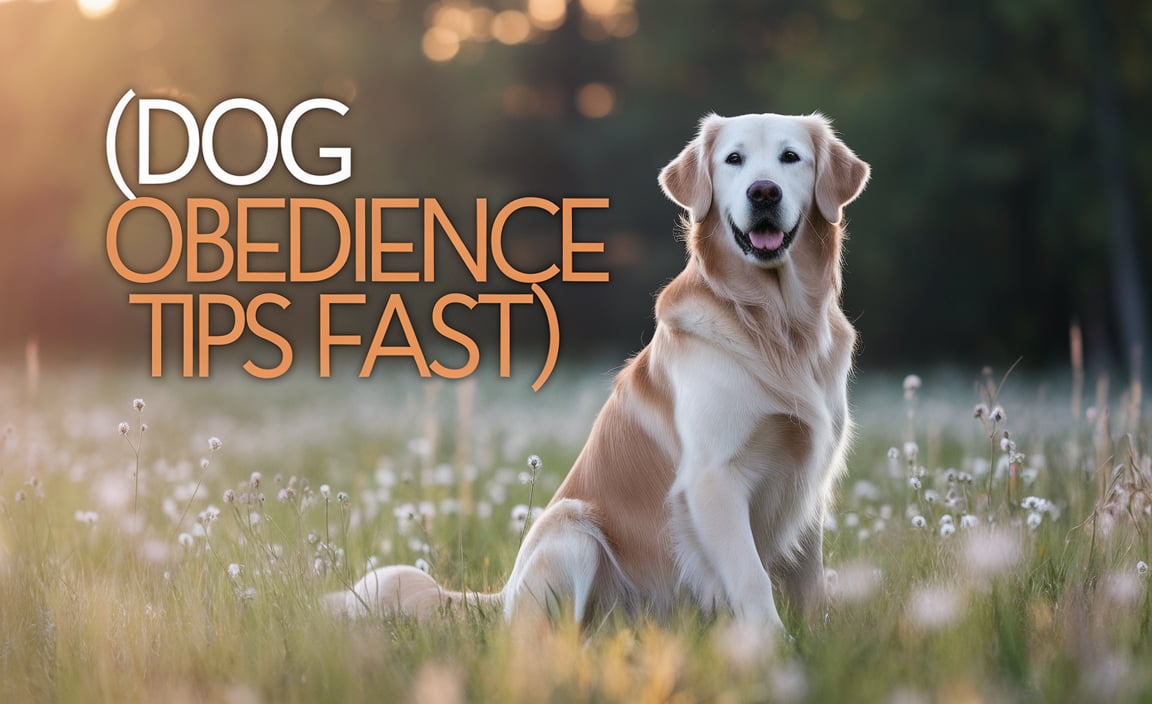Dog whining at night training can feel like a daunting challenge, especially when you’re sleep-deprived and desperate for silence. The gentle whimpers can quickly escalate into heart-wrenching cries, making you wonder if your furry friend is okay or if you’ve made a terrible mistake bringing them home. But before you resign yourself to sleepless nights or consider drastic measures, rest assured that persistent, yet gentle, dog whining at night training is achievable. With understanding, patience, and the right strategies, you can help your canine companion settle down for a peaceful night’s sleep – for both of you.
Many factors can contribute to a dog’s nighttime whining. Understanding the root cause is the first crucial step in effective training. Is it separation anxiety? A need to go outside? Fear of the dark or strange noises? Boredom? Or simply a habit they’ve developed? By observing your dog’s behavior, noting when the whining starts, and considering any recent changes in their routine or environment, you can begin to piece together the puzzle.
Understanding the “Why” Behind the Whines
Before diving into training techniques, let’s explore some common reasons your dog might be vocalizing their distress in the dark.
Separation Anxiety: This is a prevalent issue, especially in younger dogs or those recently adopted. If your dog is accustomed to constant companionship and suddenly finds themselves alone, their anxiety can manifest as whining, barking, or destructive behavior. They may feel genuinely distressed by your absence.
Need to Potty: A young puppy who isn’t fully house-trained, or an older dog with medical issues, might whine to signal their need to relieve themselves. This is a basic physiological need that shouldn’t be ignored.
Discomfort or Pain: Just like humans, dogs can experience discomfort. Nagging aches, an upset stomach, or a more serious medical condition can lead to vocalizations. If the whining is sudden or accompanied by other symptoms, a vet visit is essential.
Fear and Phobias: Loud noises from outside (thunderstorms, fireworks), unfamiliar sounds in the house, or even the darkness itself can trigger fear in some dogs. This fear can translate into anxious whining.
Boredom or Lack of Stimulation: A dog that hasn’t had enough physical or mental exercise during the day might have pent-up energy that leads to what seems like attention-seeking whining at night. They don’t have an outlet to expend their energy.
Habit or Learned Behavior: Sometimes, a dog learns that whining gets them attention, even if it’s negative. If you’ve previously responded to their whining by letting them out of their crate or giving them treats, they may have learned to use whining as a tool to get what they want.
Effective Dog Whining at Night Training Strategies
Once you have a better understanding of why your dog is whining at night, you can implement targeted training strategies. The key is consistency and positive reinforcement.
Addressing Separation Anxiety
If separation anxiety is the culprit, the goal is to help your dog feel more comfortable being alone. This involves gradually desensitizing them to your departures.
Practice Departures: Start by leaving for very short periods – even just a few minutes. Step out the door, close it, and immediately come back in. Don’t make a big fuss about leaving or returning. The less attention you give these comings and goings, the less significant they become.
Create a Safe Haven: Ensure their sleeping area (crate or bed) is comfortable and associated with positive experiences. Feed them meals in their crate, give them special treats to enjoy only when they’re in there, and never use it as punishment.
Enrichment Toys: Provide puzzle toys or long-lasting chews that your dog can enjoy when you’re not around. This can help distract them and make alone time more purposeful.
Calming Aids: For some dogs, pheromone diffusers or calming supplements can be supportive, but they are not a substitute for behavioral modification.
Potty Training and Nighttime Needs
For puppies or dogs who need to go outside:
Establish a Routine: Take your dog out for a final potty break right before bedtime. Praise them enthusiastically when they go.
Schedule Middle-of-the-Night Breaks: For puppies, this might mean setting an alarm for a few weeks. For older dogs, if they start whining and it’s out of character, a quick potty break is in order.
Minimize Interaction: When taking them out at night, keep the experience low-key. No playing, no excessive praise – the only goal is to potty. Then, immediately back to their sleeping area. This reinforces that nighttime is for sleeping, not playtime.
Building Confidence and Reducing Fears
If fear is the issue:
Desensitize and Counter-Condition: If your dog is afraid of specific noises, try playing recordings of those sounds very quietly while giving them treats or engaging in a fun activity. Gradually increase the volume over time, always ensuring they remain calm.
Create a Secure Den: Ensure their sleeping area is in a quiet, safe part of the house, away from drafty windows or loud appliances. Consider a hooded bed or a crate cover.
White Noise Machine: A white noise machine can help mask unsettling external sounds.
The Power of Patience and Consistency
Regardless of the specific cause, the most crucial element in dog whining at night training is unwavering patience and consistency.
Ignore Attention-Seeking Whines: If you’ve ruled out all medical and urgent needs, and you suspect your dog is whining solely for attention, you must resist the urge to respond immediately. The temptation to open the crate or let them out can be immense, but doing so only reinforces the behavior. Wait for a brief moment of silence before acknowledging them. This teaches them that quiet is what gets them attention. This is often the hardest part, but it’s crucial for breaking the cycle.
Reward Quiet Behavior: When your dog is quiet in their sleeping area, even if it’s just for a few minutes, quietly praise them or offer a gentle chew. You want to associate their quietness with positive outcomes.
Daytime Exercise and Mental Stimulation: Ensure your dog is getting enough physical activity and mental engagement during the day. A tired dog is a quiet dog. This includes walks, play sessions, training exercises, and puzzle toys.
When to Seek Professional Help
While many cases of dog whining at night training can be resolved with consistent owner intervention, there are times when professional guidance is invaluable. If your dog’s whining is accompanied by other concerning behaviors like aggression, self-harm, or extreme panic, consult a veterinarian or a certified professional dog trainer/behaviorist. They can help rule out underlying medical conditions and develop a tailored behavioral modification plan.
Sleepless nights are tough, but with a clear understanding of your dog’s needs and a commitment to consistent, positive dog whining at night training*, you can help your furry companion find peace and quiet, allowing both of you to enjoy restful nights and happier days.
Meet Elyse Colburn, the devoted canine companion and storyteller behind the enchanting world of “Tales, Tails, and Adventures Unleashed.” A passionate dog enthusiast with a heart full of paw prints, Elyse Colburn shares heartwarming tales and insightful adventures, celebrating the joy, loyalty, and endless antics that make every dog a true hero. Join Elyse Colburn on this tail-wagging journey, where every post is a love letter to our four-legged friends.







